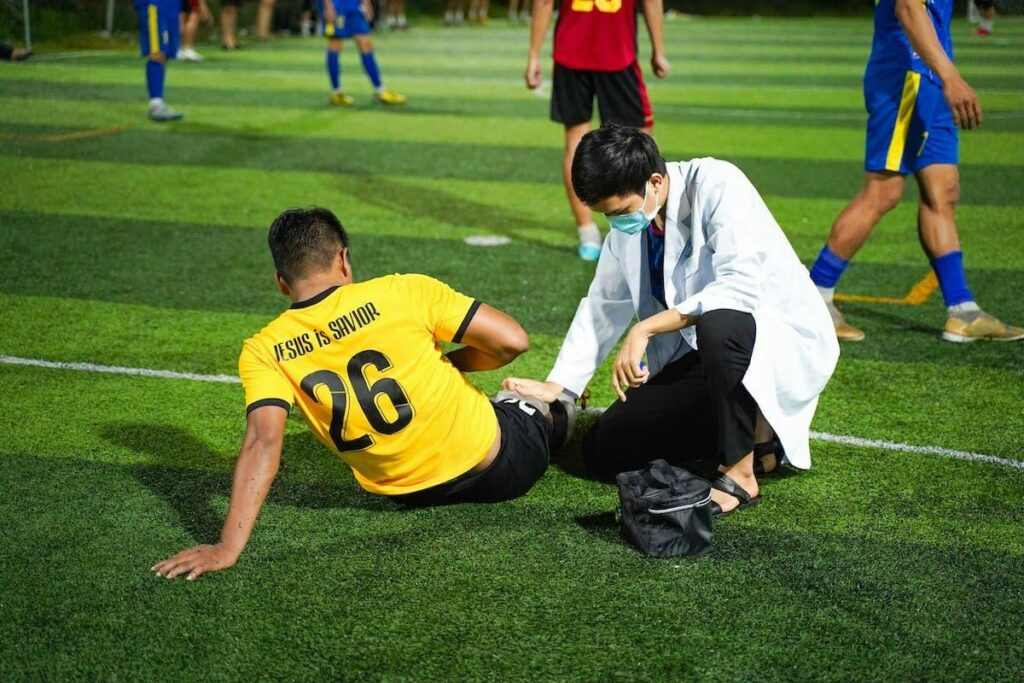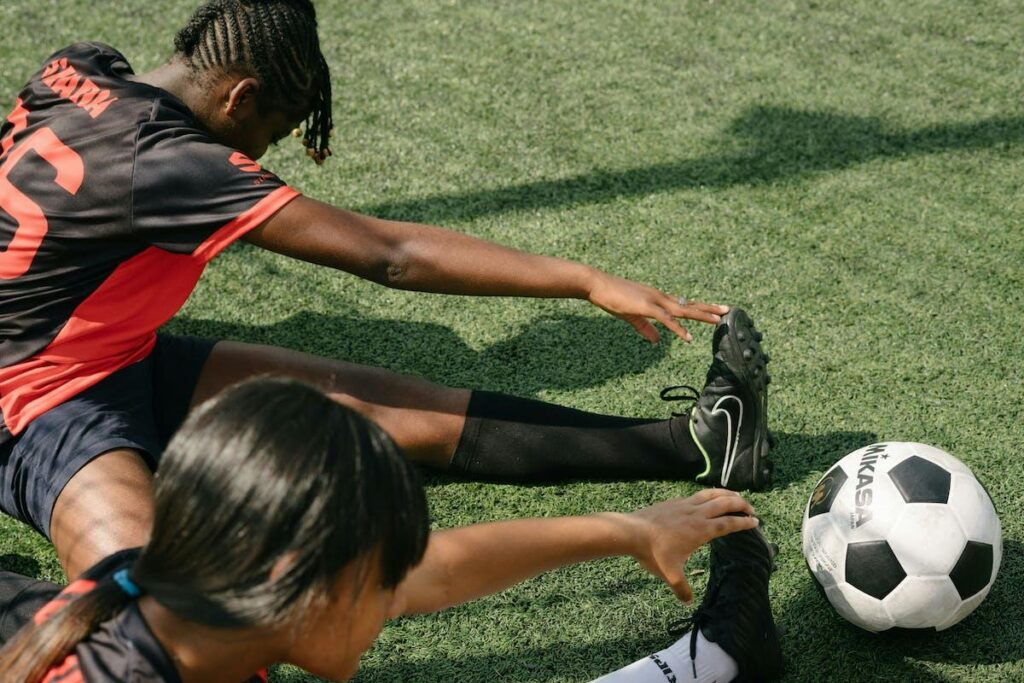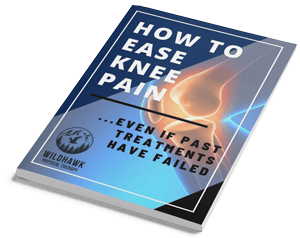
Introduction
Welcome to our comprehensive guide focused on preventing overuse injuries in soccer players. Soccer is a dynamic and demanding sport that places various physical stresses on the body, making players susceptible to overuse injuries. In this blog post, we will explore the common overuse injuries in soccer, delve into effective prevention strategies, and discuss the pivotal role of physical therapy in maintaining the health and performance of soccer players. At WildHawk Physical Therapy, we are dedicated to helping soccer enthusiasts stay on the field, enjoying the game they love without the hindrance of overuse injuries.
Understanding Overuse Injuries in Soccer Players
Soccer is known for its agility, speed, and repetitive movements, all of which can contribute to overuse injuries. Common overuse injuries in soccer players include:
- Patellar Tendinitis:
- Inflammation of the patellar tendon, commonly known as jumper’s knee, can result from frequent jumping and sudden stops.
- Shin Splints:
- Pain along the shinbone caused by inflammation of the muscles, tendons, and bone tissue. Soccer players often experience shin splints due to the constant running and impact.
- Iliotibial (IT) Band Syndrome:
- Irritation of the IT band, a thick band of tissue running from the hip to the knee. Repetitive flexion and extension of the knee in soccer can lead to IT band syndrome.
- Stress Fractures:
- Microscopic cracks in the bone due to repetitive stress. Soccer players may develop stress fractures, especially in weight-bearing bones like the shin or foot.
- Achilles Tendinitis:
- Inflammation of the Achilles tendon, often caused by the sudden acceleration and deceleration movements in soccer.
- Ankle Sprains:
- While not exclusively overuse injuries, the frequent pivoting and changes in direction in soccer increase the risk of ankle sprains over time.
Understanding these injuries is crucial for developing effective prevention strategies.
The Pivotal Role of Physical Therapy
Physical therapy plays a vital role in preventing and addressing overuse injuries in soccer players:
- Injury Risk Assessment:
- A comprehensive assessment by a physical therapist evaluates a player’s biomechanics, strength, and flexibility, identifying potential areas of vulnerability to prevent injuries proactively.
- Customized Training Programs:
- Physical therapists design individualized training programs that address specific weaknesses and imbalances, focusing on enhancing strength, flexibility, and agility to mitigate the risk of overuse injuries.
- Biomechanical Analysis:
- Analyzing a player’s movement patterns helps identify any deviations or imbalances that may contribute to overuse injuries. Corrective exercises are then implemented to optimize biomechanics.
- Recovery Strategies:
- Physical therapists guide players in incorporating effective recovery strategies such as proper warm-ups, cooldowns, and targeted stretches into their routine, promoting optimal muscle function and reducing the risk of overuse injuries.
- Education on Load Management:
- Understanding the importance of load management is crucial. Physical therapists educate players on pacing themselves, alternating intense training sessions with periods of rest to prevent overuse injuries.
- Sport-Specific Conditioning:
- Tailoring conditioning programs to mimic the demands of soccer ensures that players are physically prepared for the specific challenges of the sport, reducing the likelihood of overuse injuries.

Preventing Overuse Injuries: Practical Strategies for Soccer Players
- Gradual Progression:
- Avoid sudden increases in training intensity or duration. Gradual progression allows the body to adapt, reducing the risk of overuse injuries.
- Adequate Warm-Up:
- Prioritize a thorough warm-up routine that includes dynamic stretches and movements to prepare muscles and joints for the demands of soccer.
- Proper Footwear:
- Invest in soccer cleats that provide adequate support and traction. Proper footwear can contribute to injury prevention by enhancing stability and reducing the risk of slips and falls.
- Cross-Training:
- Incorporate cross-training activities that complement soccer, such as swimming or cycling. This diversification helps prevent overuse injuries by engaging different muscle groups.
- Listen to Your Body:
- Pay attention to signs of fatigue, discomfort, or pain. Ignoring these signals increases the risk of overuse injuries. Consult with a physical therapist if persistent issues arise.
- Recovery Strategies:
- Prioritize post-training or post-match recovery, including ice baths, compression therapy, and adequate sleep. These strategies promote muscle recovery and reduce the risk of overuse injuries.
- Regular Check-Ups:
- Schedule regular check-ups with a physical therapist to assess your musculoskeletal health. Early identification of potential issues allows for timely intervention.
Conclusion: Your Journey to Injury-Free Soccer
In conclusion, preventing overuse injuries in soccer is an ongoing commitment that requires a combination of strategic training, recovery, and professional guidance. WildHawk Physical Therapy is here to support your journey to injury-free soccer, providing expertise in injury prevention, rehabilitation, and performance optimization.
FAQ Section: Addressing Common Queries
Frequently Asked Questions:
- Can overuse injuries be prevented entirely?
- While complete prevention is challenging, a proactive approach, including proper training, recovery, and guidance from a physical therapist, significantly reduces the risk of overuse injuries.
- How often should soccer players undergo injury assessments?
- Regular assessments, ideally at the start of each season, help identify any changes in biomechanics or muscle imbalances. Additional assessments may be necessary if players experience discomfort or performance issues.
- Are overuse injuries more common in certain positions?
- Certain positions that involve more running or repetitive movements may be more prone to overuse injuries. However, individual factors such as playing style, fitness level, and biomechanics also play a significant role.
- What role does nutrition play in preventing overuse injuries?
- Proper nutrition is crucial for muscle recovery and overall health. Ensuring an adequate intake of nutrients, including protein and antioxidants, supports the body’s ability to repair and prevent injuries.
- Can younger soccer players also experience overuse injuries?
- Yes, overuse injuries can affect players of all ages. It’s essential for young players to follow age-appropriate training programs and receive guidance from coaches and physical therapists.
- Is it normal to feel muscle soreness after every soccer session?
- Mild muscle soreness is normal, especially after intense training sessions. However, persistent or severe pain may indicate an issue that should be addressed with a physical therapist.
By addressing these questions, we aim to empower soccer players with the knowledge needed to proactively care for their bodies and enjoy the game with reduced injury risk.
If you’re a soccer player looking to enhance your performance, prevent overuse injuries, or address existing concerns, reach out to our team at WildHawk Physical Therapy located in Asheville, NC. We’re committed to being your partner in achieving optimal health and longevity in soccer.









